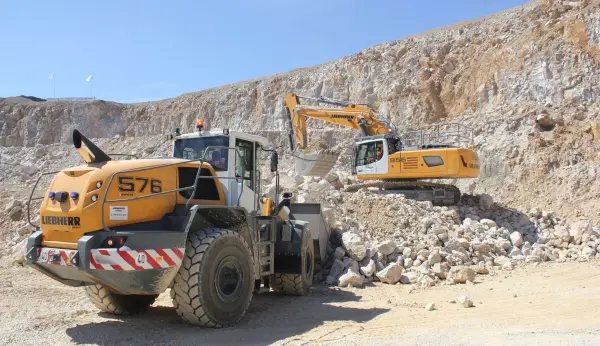Permanent magnet motors come of age
In all industrial sectors worldwide there is a general requirement to reduce the size and weight of equipment installations, at the same time improving their efficiency to cut operating costs and improve competitiveness. As the prime movers in all industries – and the major consumers of power - electric motors are naturally one of the main focuses for this development.
The standard three-phase squirrel cage design of electric motor has been around for over a century, and with modern design and manufacturing processes, has probably achieved its optimum levels of performance. Moreover, the nature of the design means that achieving reductions in overall size, and improvements in power density for a given power output, are not really an option.
The squirrel cage design, however, is very robust and reliable, and well proven in operation; it is also relatively inexpensive, which, up till now, has meant that more efficient new technology designs, such as permanent magnet (PM) motors, have not been widely adopted or applied.
A new design of PM motor from WEG, the Wmagnet series, seeks to change this situation by offering a range of user benefits that bring PM motors into mainstream usage. The high-efficiency WMagnet motors are designed for applications where constant torque, Iow vibration and low noise levels are required; typically elevators, compressors and conveyors. Because they can operate self-ventilated over a wide speed range, the motors are also suitable for use in applications where gearboxes need to be eliminated to save space.
The WMagnet series meets all the demands of modern manufacturing in terms of size and weight reduction and energy efficiency. They reduce size by up to 50%, weight by up to 36%, and deliver higher efficiencies (up to 97.5%) compared to equivalent size induction motors. In addition, they are, generally, at least one frame size or core length smaller than the equivalent induction motor, and in some cases can be two frame sizes smaller.
The major benefits of this are that the cooling system is reduced for the same torque/power ratio and, consequently, a reduction in the levels of noise from the fan coupled to the motor shaft.
WEG WMagnet motors are manufactured with high-energy magnets (NdFeB) in their rotors; these deliver a significant reduction in energy losses compared to an induction motor, resulting in a lower temperature rise of the motor, generally, and increased operating life. In addition, as these energy (Joule) losses (RI2) account for a significant portion of total losses in induction motors, the PM motor delivers much higher efficiencies (up to 97.5%), easily exceeding the new harmonized IE (International Efficiency) standards: IE2, which comes into force July 2011, IE3, and also, importantly, attains IE4.
In addition to size, weight and operating advantages, a further benefit of WEG’s new PM motor is that it can operate on a wide speed range (up to 7,300 rev/min in special cases) with constant torque. This operation is controlled by a version of WEG’s CFWO9 VFD, which has been specially developed for the Wmagnet range. The CFW09 employs its vector control technology to effectively drive the WMagnet from zero speed up to the field weakening region.
WEG Electric Motors (UK) Ltd, 28/29 Walkers Road, Manorside Industrial Estate, North Moons Moat, Redditch, Worcs B98 9ND; tel: +44(0)1527 596748; email: wegsales@wegelectricmotors.co.uk



